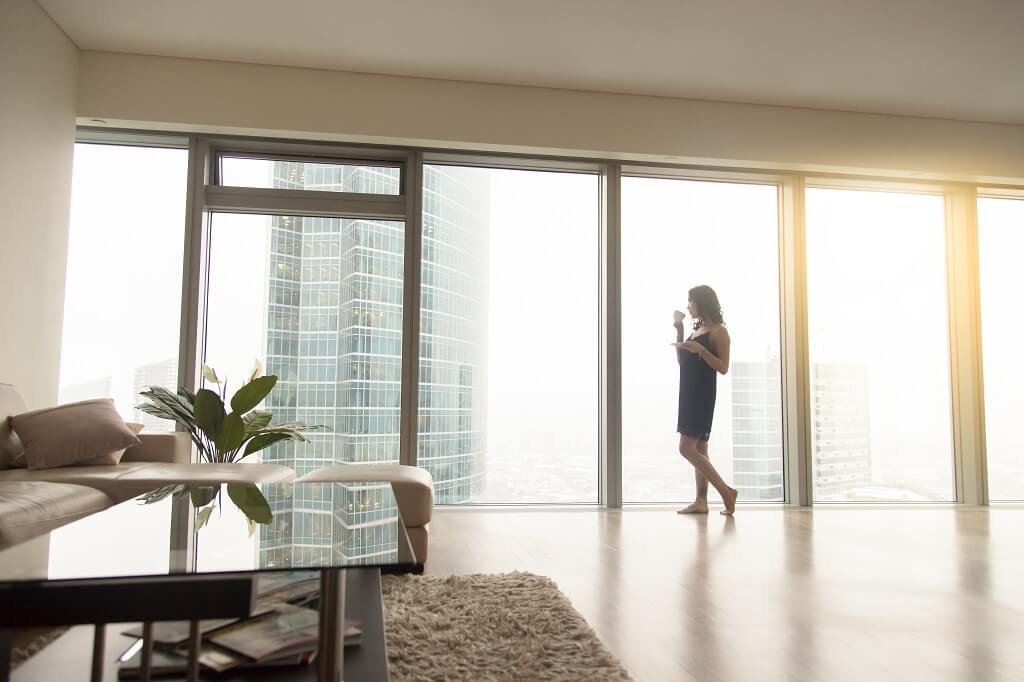At this point, property managers know the drill when it comes to millennials: they rent more than any other generation and high-tech amenities play a significant role in their decision of where to live during their apartment search.
While it is undeniably true that the younger generation of renters desires cutting-edge electronic features in their apartments, it is important that multifamily managers and developers avoid neglecting other important millennial lifestyle trends which have an impact on non-technological aspects of apartment design. At Trimark Properties, we specialize in selling Gainesville apartments to millennial student renters attending the University of Florida and have familiarity with the younger generation’s preferred choices of apartment design and amenities. Below are 4 recent movements in millennial living that have impacted features other than technological amenities in apartments.

1.) Millennials’ healthier lifestyles and participation in eco-friendly movements have led to more outdoor amenities.
Millennials have been leaders of the pro-health, environmentally-friendly campaign, which has ultimately directed property developers to add more exterior amenities than in previous years.
Millennials are increasingly valuing outdoor amenity space, spending 5% more of their time outdoors today than in 2015. They are also now frequently choosing to bike, walk, and ride the bus instead of driving cars. The average millennial drove 23% less in 2009 than in 2001, the biggest drop for any age group.
Property developers targeting this audience have taken note of this trend, and they are now beginning to build properties close to central locations such as universities and major business areas so residents can live in close proximity to local life without needing a personal vehicle. Larger bike racks and additional storage areas are being added to accommodate for the influx of bicycles, while the number of parking spaces is decreasing. Having a bus stop near the property has also become a huge selling point for younger renters.
Instead of indoor gyms, property managers are adding fitness-friendly outdoor amenities such as lighted jogging paths, catering to the 81% of millennials who claim they exercise frequently. This satisfies their needs for both exercise and the outdoors. Other popular exterior amenities include fire pits, formal lawns for lounging and sunbathing, and serene ponds with fountains.
2.) Millennial renters are looking for an experience.
Most importantly, there has been a shift in what millennials are looking to get out of the buying experience. 78% of millennials claim they “would rather pay for an experience than material goods”, indicating the importance of both their overall purchasing experience with the company as well as the environment of the apartment they live in. Standard apartments are no longer what sells – apartments that provide residents with a unique and comfortable ambiance are enticing the younger generation.
There is no set formula to create this experience for tenants. At Trimark, we develop a specific atmosphere for each of our properties and match the amenities to this vision. At one of our apartment complexes, for example, we modeled the design similar to the buildings found in the Italian countryside so residents feel like they are living in a Tuscan resort. Amenities such as wooden wine racks and handcrafted fountains add to the Mediterranean setting. Adding amenities unique to the vision of your specific company will allow millennials to feel as if they are enjoying a one-of-a-kind experience, and not just coming home to a traditional apartment.
3.) Millennials are cooking more and eating out less, and apartment kitchens are subsequently incorporating nicer features.
Millennials dined out one night less per week in 2012 than they did in 2007, and 61% stated that they like to cook. Consequently, apartment developers are designing more upscale, accessible kitchens for millennials who are spending more time preparing food. Linoleum countertops are being replaced with granite, laminate cupboards are being swapped for custom maple cabinetry, and tile is being substituted for vinyl flooring. Not only does the resident enjoy a more attractive kitchen, but the materials used are more durable, meaning property managers will need to replace them less often. While the initial investment of more expensive appliances might seem discouraging, it will pay off during the marketing process and when maintenance costs are lowered.
4.) An increase in purchases and the effects of consumerism have led to the need for walk-in closets and more storage space.
In 1930, the typical consumer only had 36 items of clothing in his or her closet. Nowadays, the average person has 120. The commercialism of the past few decades has led to the need for more closet space and extra storage areas. This may mean facing a series of trade-offs for developers: maybe the bedroom will be a little smaller so the closet can be bigger, or the bathroom will have just a shower rather than a full-size tub. Be sure to evaluate the needs of the audience when deciding which amenities to include and which to cut back on.


